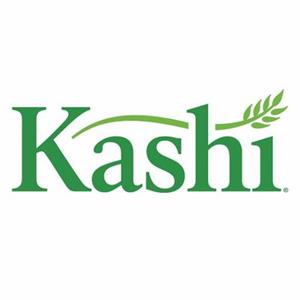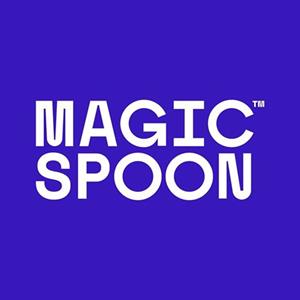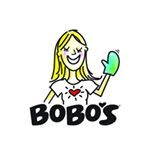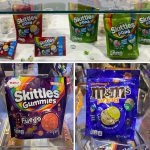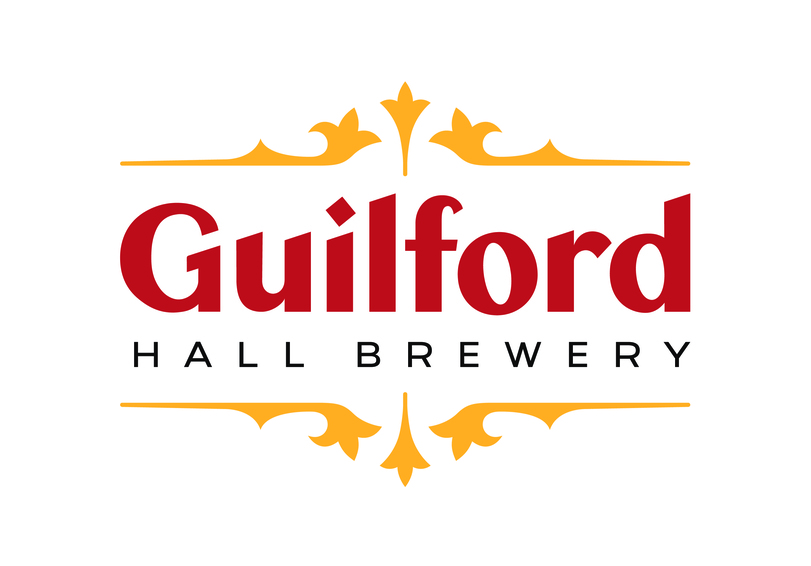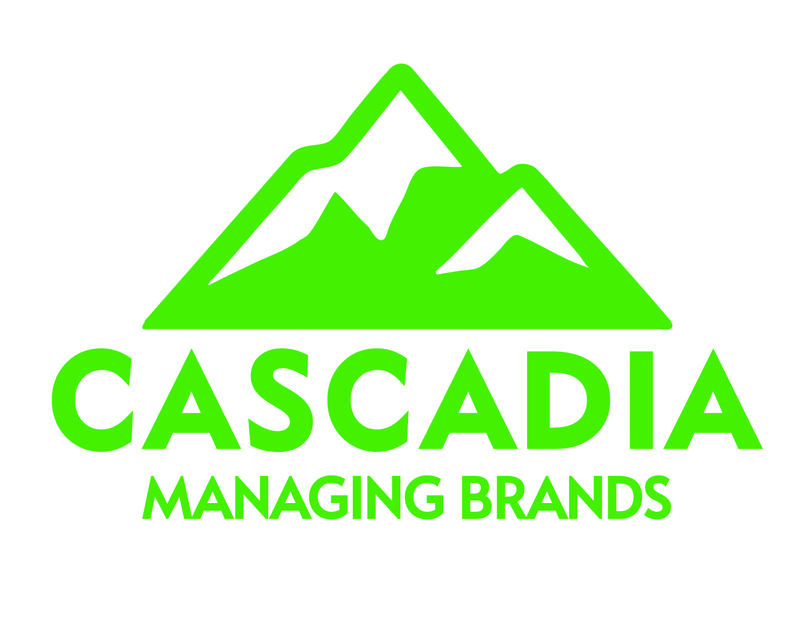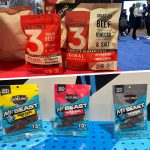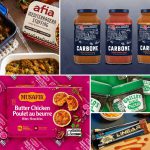FDA Raises Vitamin D3 Fortification Levels, Allows Fortification in Nutrition Bars
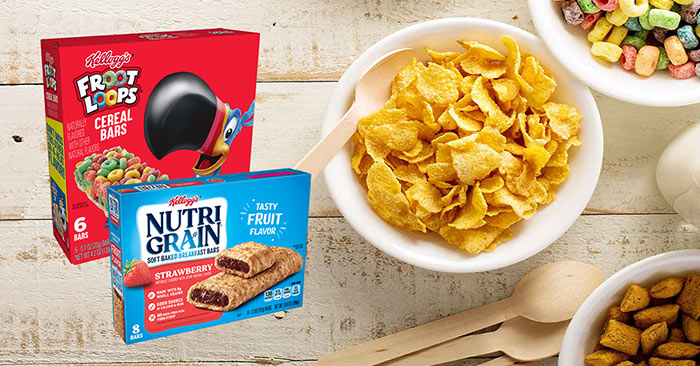
The U.S. Food and Drug Administration (FDA) made a small but notable move in nutrition standards this week, giving its stamp of approval to raise vitamin D3 fortification levels from 360 IU to 560 IU per 100 g of cereal. Spurred by a petition filed by the Kellogg Company in 2019, the FDA now also allows grain-based bars to fortify products with up to 400 IU vitamin D3 per 100 gram bar.
Grain-based breakfast bars, granola bars and rice cereal bars can now be fortified with vitamin D3. Previously, the category was only allotted an exception for bars intended to be consumed for “specialty dietary use” or as meal replacements, which could be fortified with vitamin D2, a form of vitamin D that is derived from plant-sources and is less expensive to produce.
In order to reduce potential consumer confusion around the healthfulness of a product, especially among highly-processed foods, only FDA-specified foods are allowed to be fortified with essential nutrients. This recent update, nearly doubling the amount of vitamin D allotted in cereal and expanding the nutrient to on-the-go products like bars, may signal the FDA is turning its attention to take greater action in food nutrition.
The agency also recently revisited vitamin D fortification in yogurt. The category’s standard of identity was updated for the first time in 40 years last April and set a required minimum 25% of Daily Value (DV) of vitamin D for fortified products. While it is not mandatory for yogurt makers to add the nutrient, an FDA petition signed by yogurt industry stakeholders was approved in December, lowering the minimum requirement value to 10% DV.
Vitamin D content has also become something of a hot spot for beverage brands as well, with Shine Water, a brand whose core difference is its vitamin D fortification, recently changed its formula to avoid regulatory trouble.
While vitamin D is most commonly absorbed through exposure to sunlight, it can be found naturally in animal-based foods such as fish, liver, egg yolks and cheese. Orange juice, cereal, dairy and plant-based milk as well as select yogurt types are among the few categories deemed by the FDA to be “reasonable vehicles” for artificially carrying the nutrient; however, the limited set of natural sources of vitamin D, coupled with a rising interest in plant-based products, means that vitamin D fortification may offer a point of differentiation for select food brands.
“Kellogg fortified cereals and milk have long been a delicious and affordable way to get Vitamin D,” said Nigel Hughes, Kellogg Company’s SVP of Global R&D and Innovation. “Now, everyday foods, like cereal and grain-based bars, can go even further toward helping people access and consume Vitamin D.”
Consumer interest in Vitamin D rose during the pandemic as studies and health experts suggested that in addition to supporting bone and reducing inflammation, the nutrient would help prevent COVID-19 infection and reduce the severity of the illness in the case of infection.
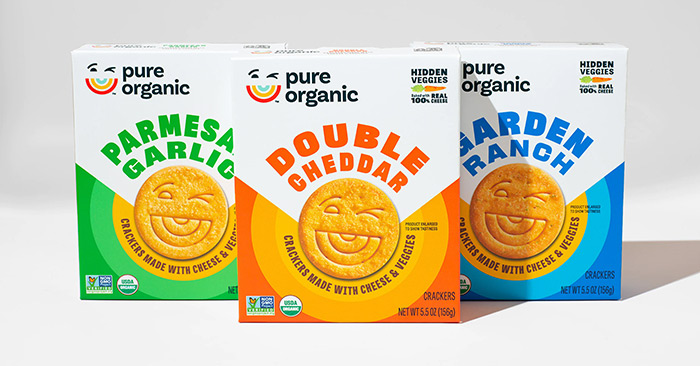
However, the lasting impact this could have on food innovation and the broader implications on health and nutrition remains to be seen.
Even Kellogg, the food corporation that pushed for higher vitamin D fortification levels, simultaneously announced the release of a new cracker product under its Pure Organic brand that provides 10% DV of vitamin D from inherent sources. The line is made with wheat, carrot puree, cheddar cheese, and a mushroom powder that bulks up the vitamin D count without any fortification necessary.
Kellogg-owned conventional cereals like Rice Krispies and Frosted Flakes contain well below the original vitamin D fortification level (between 50 to 80 IU per 100 grams). Additionally, the company’s whole grain cereal brand Kashi does not currently contain any significant amount of the nutrient.
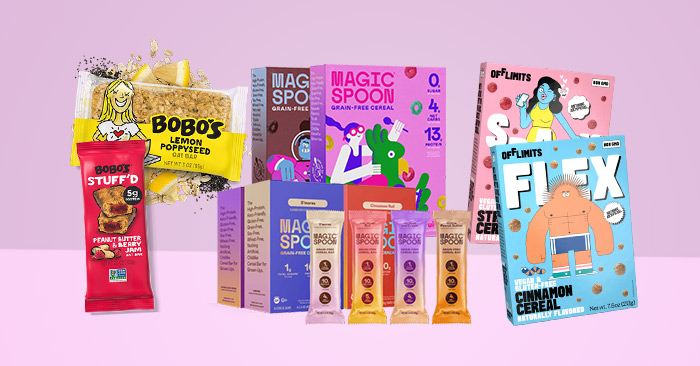
Meanwhile, many newer, entrepreneurial cereal brands, like Magic Spoon and OffLimits, are made without cereal grains and therefore not fortified. Additionally, bar category leader Clif Bar is made with oats, but does not contain the nutrient.
For some, the idea of fortification just doesn’t seem natural. Colorado-based bar brand Bobo’s does not currently intend to make any formula changes due to the new allowances.
“Bobo’s minimally fortifies our as-close-to-homemade-as-possible bars because we believe that high quality, wholesome ingredients nutritionally speak for themselves,” said TJ McIntyre, CEO of Bobo’s. “Just like Bobo’s wants consumers to get healthy by eating real food, we believe that the best source of Vitamin D comes from playing in the sun.”

